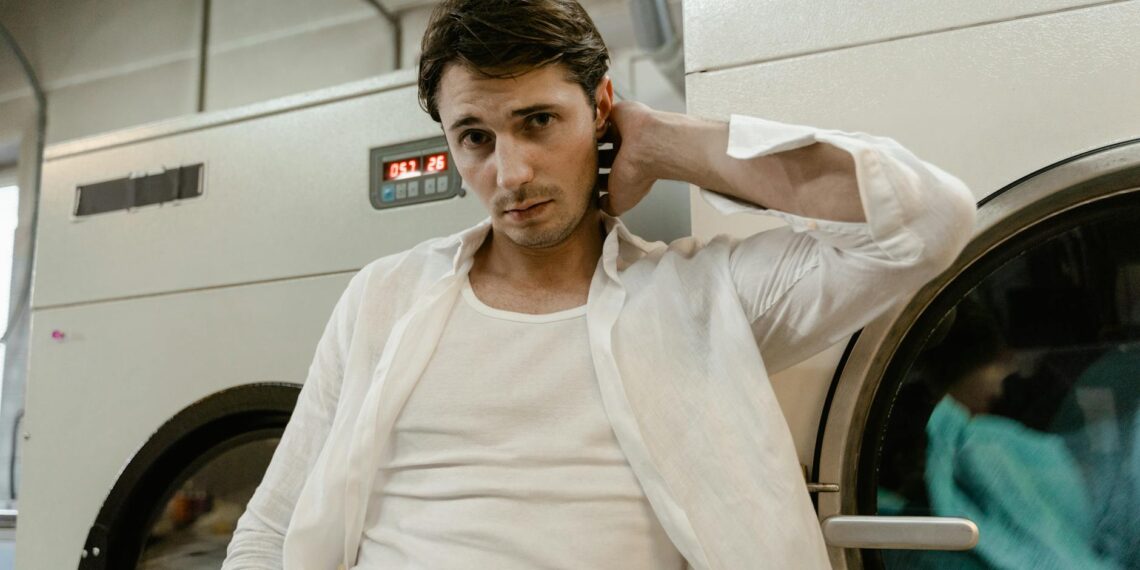It’s important to differentiate between cleaning coins for general purposes and cleaning collectible coins, as the methods and desired outcomes can be vastly different.
If you’re cleaning everyday coins for things like laundry or general use, you have more leeway with cleaning methods.
- Basic wash: Rinse the coins under warm water, gently rubbing them with your fingers to remove loose dirt and grime.
- Soapy water soak: For coins with more stubborn dirt, fill a small bowl with warm water and a squirt of dish soap. Soak the coins for a few minutes, then gently rub them to loosen any remaining debris. Rinse thoroughly with warm water.
- Vinegar and salt: This solution can help remove tarnish. Mix 1 cup of white distilled vinegar (or lemon juice) with 1 tablespoon of salt. Soak the coins in the mixture for about 5-15 minutes, then wipe them clean with a cloth or paper towel.
- Baking soda paste: Create a paste by mixing baking soda with a small amount of water. Apply the paste to the coin and gently scrub with a soft-bristled toothbrush or your fingers. Rinse the coin thoroughly to remove the paste.
Never clean collectible or antique coins without consulting an expert first. Cleaning can significantly decrease a coin’s value, as collectors often prefer the natural patina that develops over time.
If a professional advises a gentle cleaning, follow these steps:
- Distilled water soak: Soak the coin in distilled water for a few minutes to loosen debris. Tap water can be harmful due to minerals or chemicals.
- Gentle brushing (optional): If necessary, use a very soft brush while the coin is submerged to gently loosen dirt, but do not scrub.
- Rinse and air dry: Rinse the coin with fresh distilled water and allow it to air dry completely on a clean, lint-free cloth. Do not pat it dry or use heat sources.
- Gloves: Handle coins, especially collectible ones, with gloves to avoid transferring oils from your skin, which can corrode the metal.
- Drying: Always ensure coins are completely dry to prevent rust and future damage.
- Storage: Store collectible coins in acid-free and PVC-free holders to protect them from environmental damage.
- Acetone soak: Acetone can be used for removing some surface contaminants and debris on coins, [according to this YouTube video] . Use in a well-ventilated area, avoiding contact with bare skin. An aluminum pie pan is recommended for containing the acetone as it can damage plastic.
- Professional advice: If you have valuable coins or are unsure about the best cleaning method, always consult a professional coin grading service or numismatist for guidance.
Warning: Harsh chemicals, abrasive scrubbing, and acidic cleaners like vinegar or ketchup can permanently damage coins, especially valuable ones. Avoid using these on collectible coins.









What can clean a coin the best?
A soak in warm, soapy water followed by a rinse and air-dry is probably the safest method, and it’ll remove loose dirt and surface grime. A soak in acetone (pure, not nail polish remover) followed by an air-dry will work for more stubborn organic gunk.
Which liquid cleans coins the best?
Acetone is the only thing you can use that will do anything and not mess with the coin.